Boscia albitrunca
General Info – summary
This spineless, deep-rooted, stocky Tree may reach 10m high or stay a small shrub. Stout branches are crooked. Small simple entire & leathery Leaves are alternate or fascicled and become hairless. Star-shaped, bisexual, yellowish-green 4-merous Flowers are in racemes, lack petals, & yellow stamens. Pistil has a superior 1-locular ovary resting on a gynophore. Fruit is usually 1-seeded berry with sclereids.
Description
Previous Names: Boscia pechuellii, Boscia puberula, Boscia transvaalensis, Capparis albitrunca, Capparis oleoides, Capparis punctata.
SA Tree No. 122.
Common names: (Afr) Grootwitgat, Groot-witgat, Grootwitgatboom, Jentelmanstam, Kaboom, Koffie, Koffieboom, Matoppie/Matopie, Noenie, Noenieboom, Witbasboom, Witgat, Witgatboom, Witstam, Witstamboom, Witteboom. (Eng) Caper Bush, Coffee Tree, Emigrant’s Tree, Shepherd Tree, Shepherd’s Tree, White Stem, White-stemmed Tree. (Herero) Omutendereti. (IsiNdebele) Umbombwe, Umhlopi. (isiXhosa) Umgqomogqomo, Umpunzito. (isiZulu) Inyokiziphinda, Isikhwelampisi, Isinama, Umfithi, Umvithi. (Northern Sotho) Mohlopi, Mohlôpi. (Setswana), Motlhôpi, Motlopi, Xukutsi. (siSwati) Ingwavuma-lensikati, Siphiso, Umphisi. (Tshivenda) Muthobi, Muvhombwe.
Family: Capparaceae (The caper family) is a tropical and sub-tropical family that has about 15 genera and 430 species. This family has trees, shrubs, some lianas (climbing plants that are woody and hang from trees) and herbs. Flowers are usually 4-merous. The superior Ovary usually has 1 locule. Fruit is a capsule or a berry. Mustard Oils are present in all genera. Local genera on this website include Boscia and Maerua.
Name derivation: Boscia – Louie Augustin Guillaume Bosc (1759-1828) was a French botanist, invertebrate zoologist and entomologist. He also wrote the first ever-systematic examination of the mushrooms of the southern USA. albitrunca: albi – white and trunca – stem; refers to the trunk which may be white. The Genus Boscia has 30 species – 9 of which are indigenous in southern Africa.
Conservation: National Status: L.C. (Least Concern). Assessed: 2005/06/30 (W. Foden and L. Potter). Due to its high regard in many local traditions, the tree is somewhat protected.
Tree
This tree has the deepest roots of any plant in the world. They reached a measured depth of 68m in the Kalahari in Botswana. A close runner-up may be Vachellia erioloba (Acacia erioloba) with a root depth of 60m. Boscia albitrunca is often single-stemmed Tree and may reach 10m in height but is usually smaller with a much-branched Crown that is rounded and compact in open spaces (photo 86). Variation in shape and trunk colour is substantial. It can also have a stout branched and twisted trunk or even become multi-stemmed or a low mat over rocks. The sturdy Stem (main axis of the plant, the leaf and flower bearing as distinguished from the root-bearing axis – photo 89) is usually twisted and often whitish grey with strips of darkly coloured Bark. The trunk may also be black or orange/brown even pitted with holes. The stem is folded and seamed (photo 89). In some cases, the light, Trunk may be visible from a distance and makes identification easier. Light coloured Lenticels (a usually raised corky oval or elongated area on the plant that allows the uncontrolled interchange of gases with the environment) are present on stout, spineless rigid and crooked Branches (photo 921 under Leaves).
- 86. 2018/03/14. Pretoria NBG. Photo: David Becking.
- 89. 2018/03/14. Pretoria NBG. Photo: David Becking.
Leaves
The stiff, simple and tough coriaceous (leathery) Leaves develop in groups of 2-4 (photo 921) on slight spur branches. On young branches they are alternate or fascicled (condensed cluster of leaves) and are usually evergreen, but some leaves are lost when the flowers appear. Leaves are usually slightly oblanceolate (leaf broader at the apical third than at the middle and tapering towards the base e.g., photo 921) or elliptic (photo 924). The Apex is rounded or abruptly tapering (photo 924) and often bristle-tipped whereas the Base tapers. The Margin may be slightly rough but is entire (with a continuous margin, not in any way indented). Leaves may reach 8 x 2,5cm but are usually smaller. Mature leaves are hairless and have a distinct Midrib (photo 924). Other veins are obscure unless the translucent leaf is viewed against a strong light (photo 929). This is a worthwhile exercise as the veins become distinctive. I found the early mornings and late afternoons are the best times to take these photos against the sun. Here the side veins loop before reaching the margin. The upper surface of the blade may be shiny and slightly darker green than the lower surface (photo 924). On this photo, the thin Petiole (leaf stalk) is short (up to 4mm long) and usually hairy.
- 760. 2018/02/12. Pretoria NBG. Photo: David Becking.
- 921. 2017/11/14. Pretoria NBG. Photo: David Becking.
- 923. 2017/11/14. Pretoria NBG. Photo: David Becking.
- 924. 2017/11/14. Pretoria NBG. Photo: David Becking.
- 929. 2017/11/14. Pretoria NBG. Photo: David Becking.
Flowers
Each Inflorescence is terminal or axillary (in the axil – growing between stem and leaf). The star-shaped, bisexual and strongly sweet-scented Flowers mainly develop in axillary clusters or on short spur branches (photo 81) and often-on old wood. Pedicels (stalks of single flowers) are visible (photo 57). The Calyx has 4 fleshy, yellowish green, hairy Sepals (photo 242) that are scarcely fused at base. Sepals are lanceolate and may touch but do not overlap. Petals are absent (photo 242). The flower colour is thus green. The central group of numerous short yellow, hairless Stamens all have almost free Filaments that have a small fusion joining them just at their base. The Anthers have 2 Theca (pollen sacs) which open by longitudinal slits. There is a single Pistil (a unit of the gynoecium – composed of the stigma, style and ovary) that rests on a short Gynophore (a stalk present in some flowers that supports and may elevate the gynoecium) which is up to 8 mm long (photo 242). The ovoid, 1-locular superior Ovary has a single short Style with a capitate (formed like a head) Stigma (photo 242). Flowers often occur in profusion after spring rains. Trees do not always flower each year. (Jul-Nov but usually Sep-Oct). They may appear outside this time for example after unexpected rain). Flowers may be absent in some years.
- 81. 2019/09/12. Pretoria NBG. Photo: David Becking.
- 57. 2019/09/27. Pretoria NBG. Photo: David Becking.
- 242. 2019/10/08. Pretoria NBG. Photo: David Becking.
Fruit
When ripe, the hairless, yellowish or light brown Fruit is almost spherical and up to 12mm wide – about the size of a small cherry. The initially green fruit (photo 246) ripens to light brown (photo 759). In Namibia, it may become mauve. The fruit is an almost spherical Berry (pulpy, indehiscent fruit like a grape or tomato) up to 1,5cm wide. Each berry has clusters of Sclereids or stone cells (plant cells with highly thickened, lignified cellular walls that solidify tissue) in the brittle exocarp (skin; the outer layer of the pericarp of a fruit). The middle layer or mesocarp is the juicy part and has a whitish flesh. The endocarp (the inner layer of the pericarp or fruit wall) is large. Berries lack ribs. The single Seeds usually lack endosperm (the starch and oil-containing tissue of many seeds – often referred to as the albumen). (Nov-Mar).
- 246. 2019/10/08. Pretoria NBG. Photo: David Becking.
- 759. 2018/02/12. Pretoria NBG. Photo: David Becking.
Distribution & Ecology
This is a protected tree in South Africa. Apart from the Eastern and south Western Cape, this is one of the more widespread of trees of southern Africa and is most obviously located in the dry Northern Cape e.g., the broken country near Springbok. Here it provides valuable food and shade. It also occurs in the Free State, North West, KwaZulu-Natal (here they lack a white stem), Gauteng, Limpopo, Northern Cape North West, and Mpumalanga. Beyond South Africa, the plant grows in Swaziland, southern Mozambique, Botswana, Namibia, Zimbabwe, Zambia, and into tropical Africa. Because it is able to survive in very dry places, it is common on the red sands of the Kalahari Desert and boarding the desert in Namibia. Trees occur in hot dry areas as well as in the bushveld, open woodland and are often associated with termite mounds. Trees grow bigger when more water is available. Leaves have high vitamin A and C levels and a high (14%) protein content. All herbivores consume the leaves and are considered by some to be as good as lucerne. Herbivorous animals account for the often-visible grazing line at the base of the tree crown. Trees shoot again after being damaged. Many Butterflies, whose larvae consume the Leaves, include the Browned White (Beleonis aurota) which is common in Africa and India, the African Common White or African Caper (Belenois creona) and the Zebra White (Pinacopteryx eripha eripha) – unmistakable: the upper-side brown-black with lighter zebra stripes. Elephants eat the leaves and Bark. Both birds and animals – including kudu, giraffe and gemsbok, consume the Fruit. Flowers attract masses of insects (agents of pollination) and as a result birds. Flowers are also eaten by antelope. This tree aids animal survival, especially in dry areas.
Ethnobotany
In very hot dry areas, this may be the only Tree that provides both shade and valuable grazing for animals and stock. Branches may be cut to feed livestock. These cut branches soon develop new shoots. Old trees may become hollow and store water – this is useful in times of need. Flower buds may be pickled and are apparently as good as European capers. Local people also eat the acrid Fruit. The edible Roots are used for making an almost “reasonable” coffee/chicory or beer. Ground roots produce a white meal which is used for porridge. In times of drought even the bark is eaten. A syrup made from boiled roots is reputed to be good. Local medicine makes use of the roots. Propagation is by seeds or cuttings. However, seed development is unpredictable. Healers use parts of the Tree, which is also has believed to have magical values. Milk from cows that eat the leaves may be tainted. Wood is heavy, tough but is only suitable for making household implements including tables and chairs.
References
Boon, R. 2010. Pooley’s Trees of eastern South Africa. Flora and Fauna Publications Trust, Durban.
Burrows, J.E., Burrows, S.M., Lotter, M.C. & Schmidt, E. 2018. Trees and Shrubs Mozambique. Publishing Print Matters (Pty) Ltd. Noordhoek, Cape Town.
Coates Palgrave, M. 2002. Keith Coates Palgrave Trees of Southern Africa, edn 3. Struik, Cape Town.
Foden, W. & Potter, L. 2005. Boscia albitrunca (Burch.) Gilg & Gilg-Ben. National Assessment: Red List of South African Plants version . Accessed on 2025/02/21.
Palmer, E. & Pitman, N. 1972. Trees of southern Africa. Balkema, Amsterdam, Cape Town.
Schmidt, S. Lotter, M. & McCleland, W. 2002. Trees and Shrubs of Mpumalanga and the Kruger National Park. Jacana, Johannesburg.
van Wyk, B. & van Wyk, P. 1997 Field guide to Trees of Southern Africa. Struik, Cape Town.
Woodhall, S. 2020. Field Guide to Butterflies of South Africa, edn 2. Donnelley, RR, China.
http://posa.sanbi.org/flora/browse.php?src=SP
https://www.revolvy.com/main/index.php?s=Louis%20Augustin%20Guillaume%20Bosc
https://en.wikipedia.org/wiki/Boscia_albitrunca
http://pza.sanbi.org/boscia-albitrunca
https://www.zimbabweflora.co.zw/speciesdata/species.php?species_id=124480

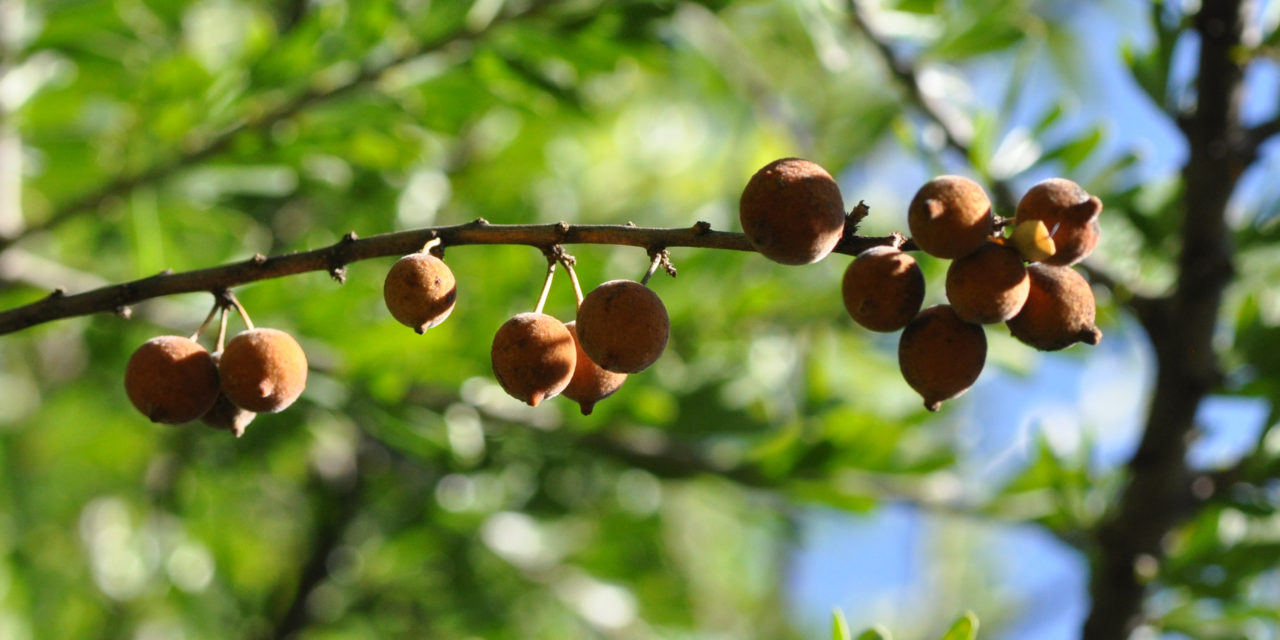
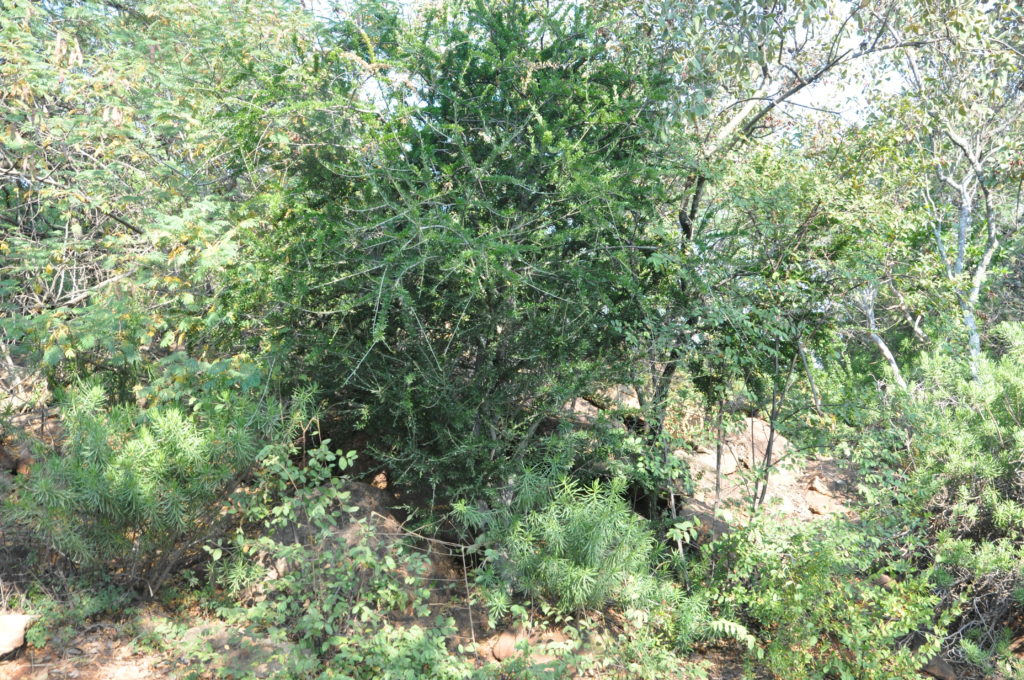
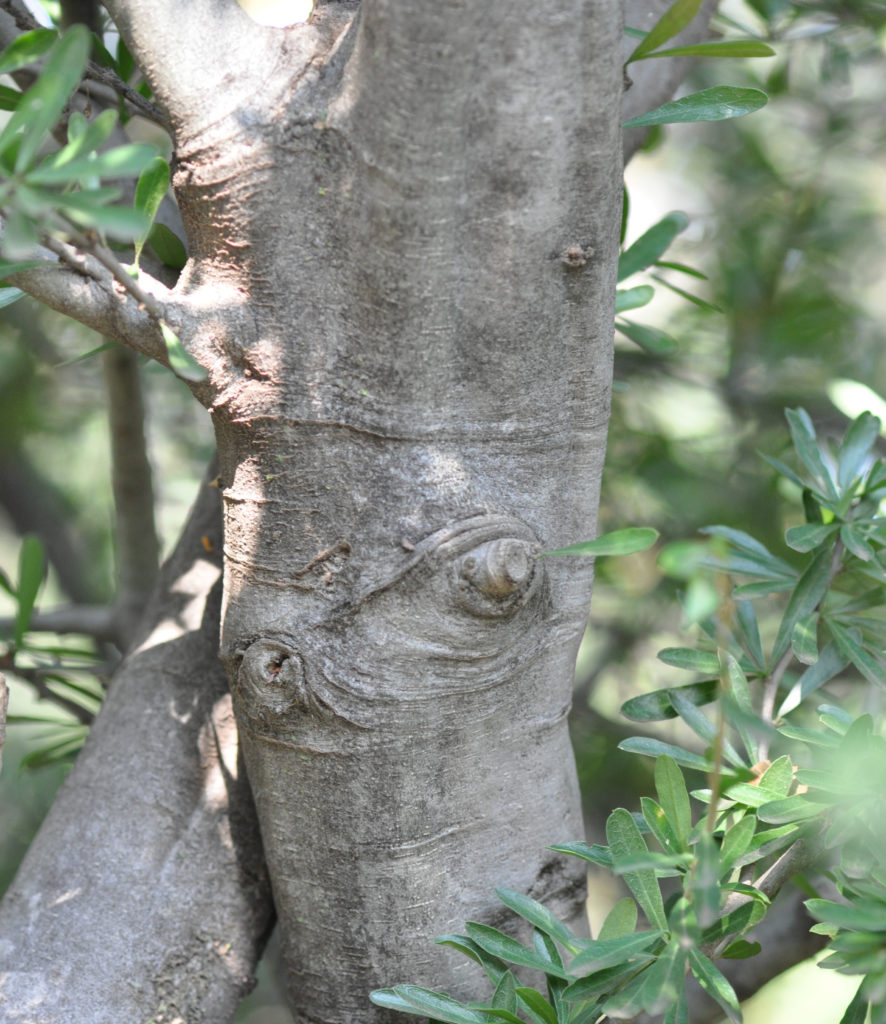
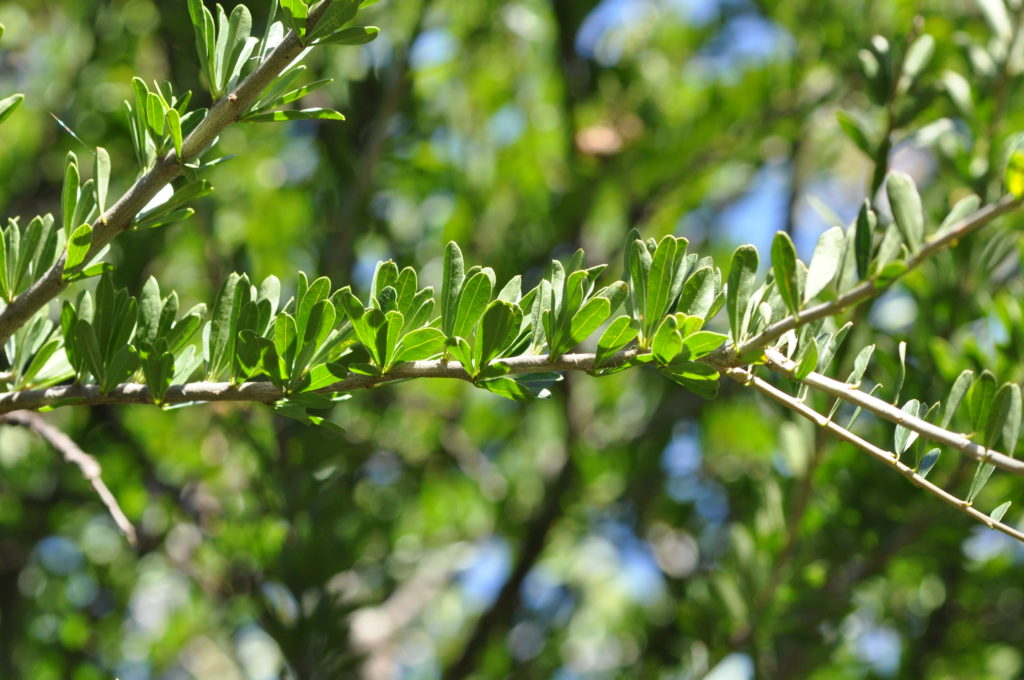
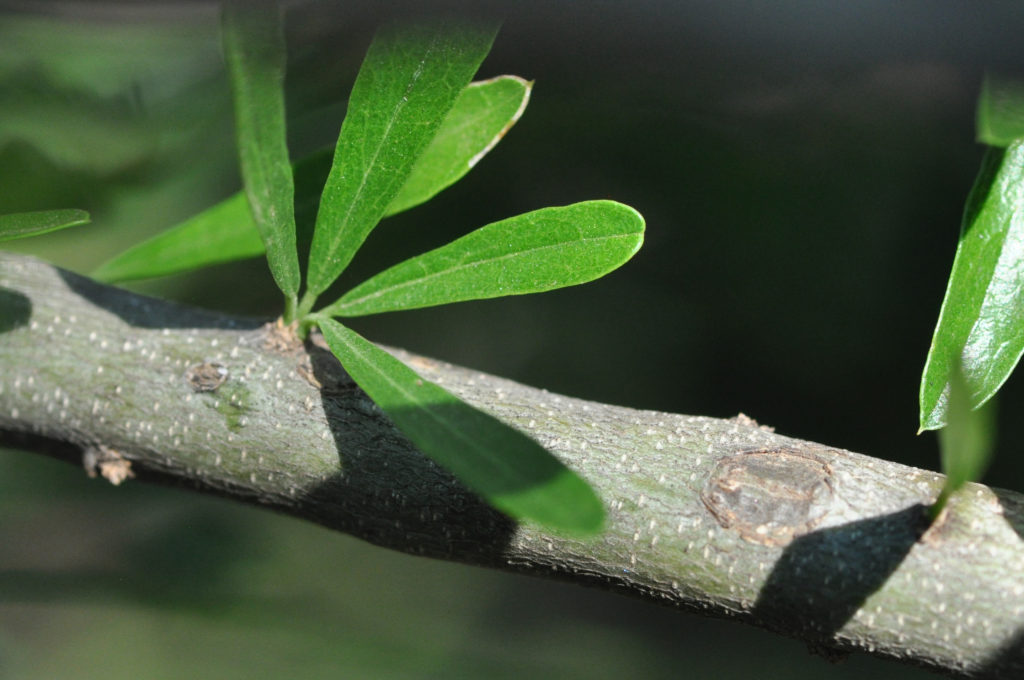
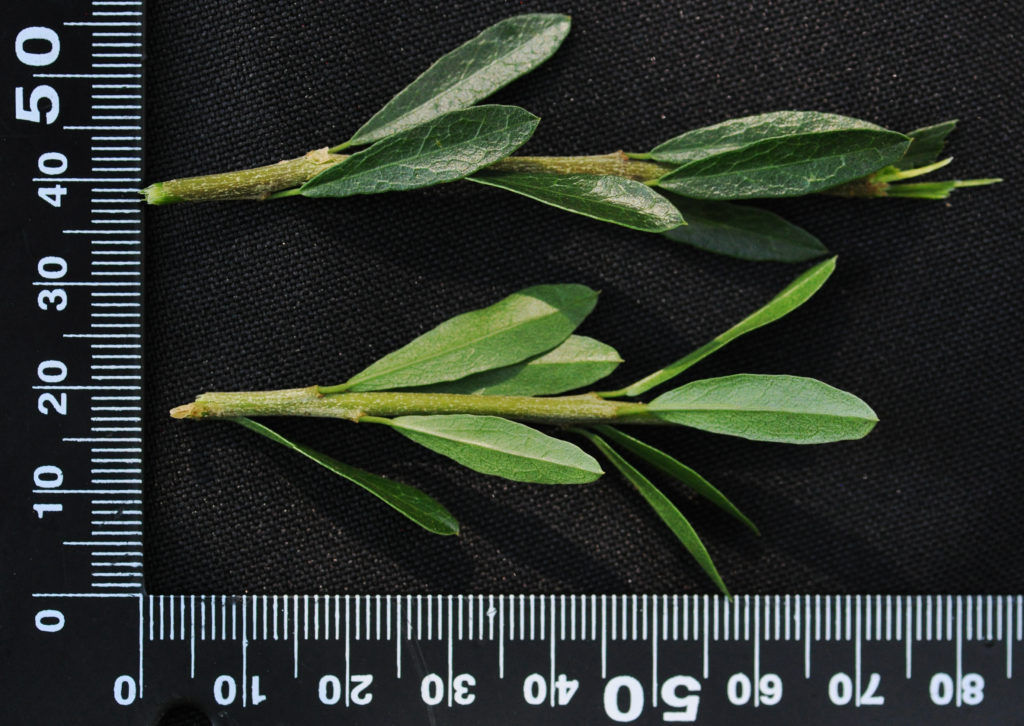
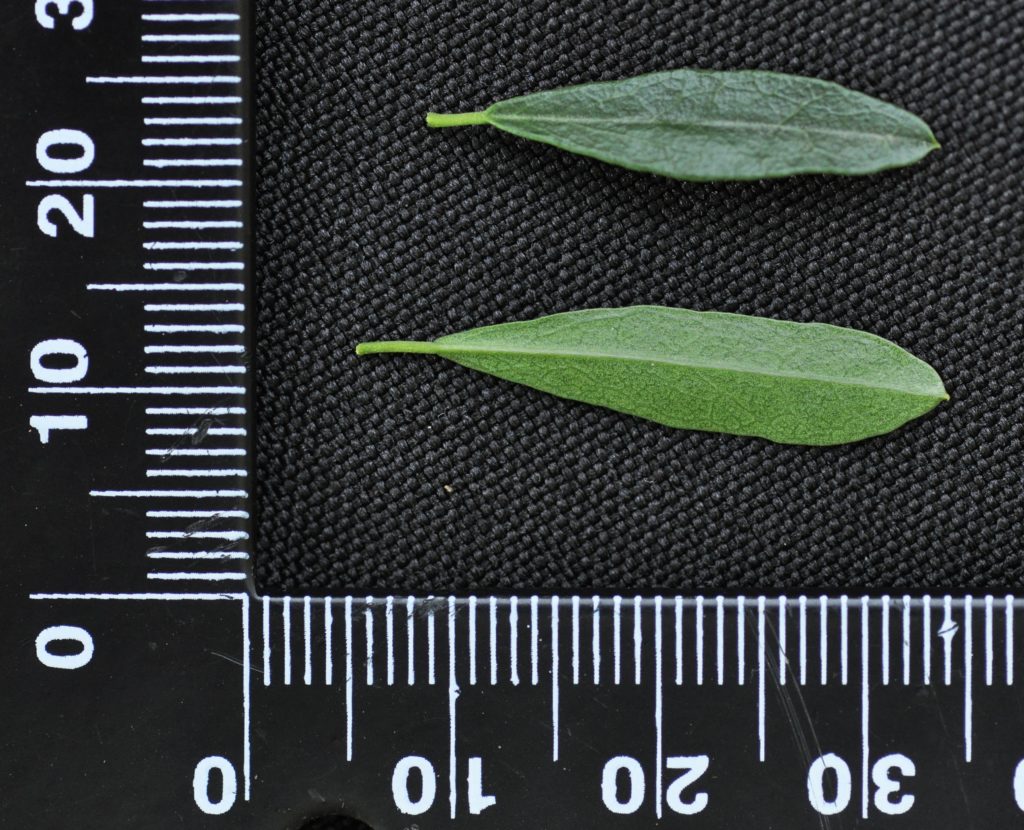
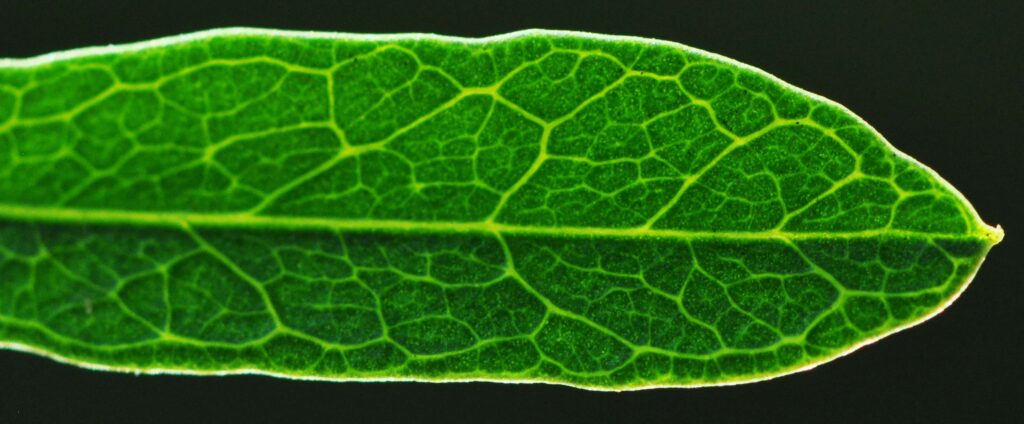
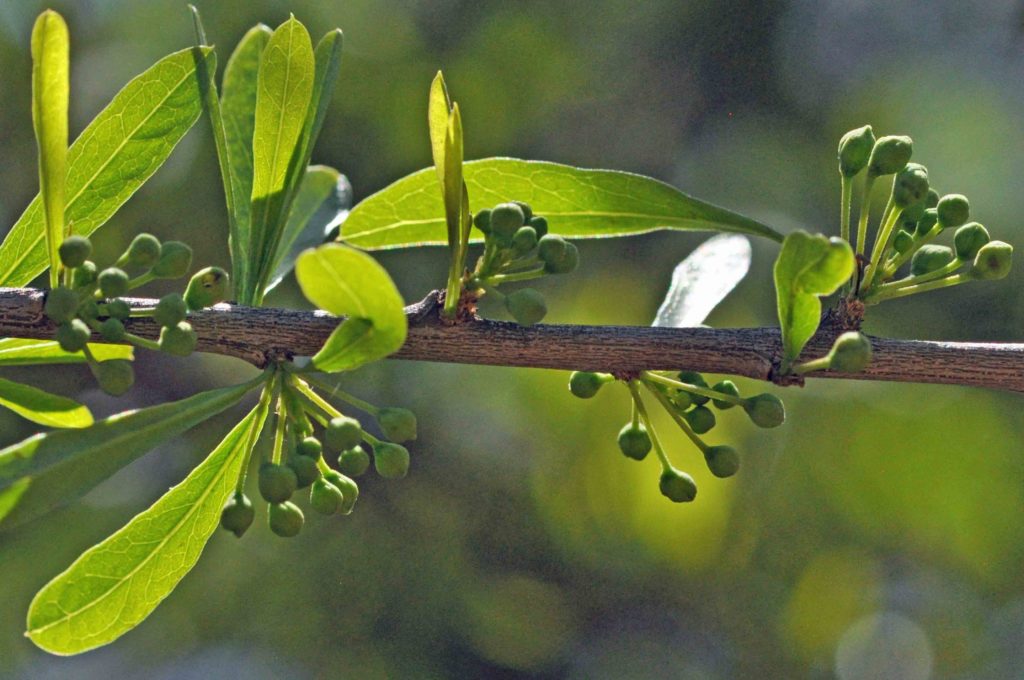
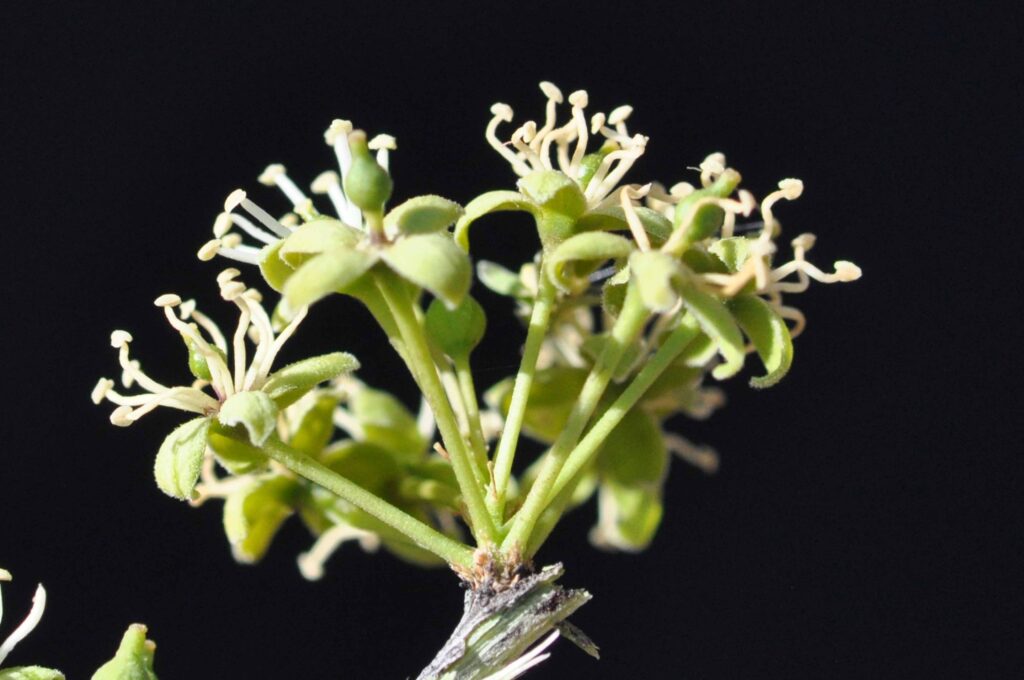
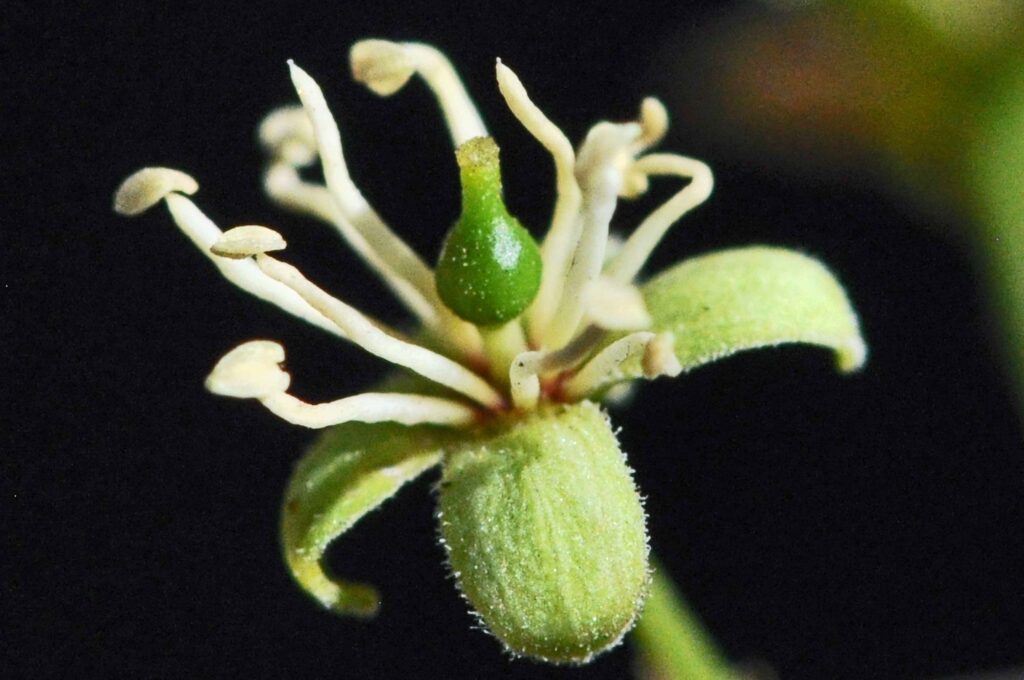
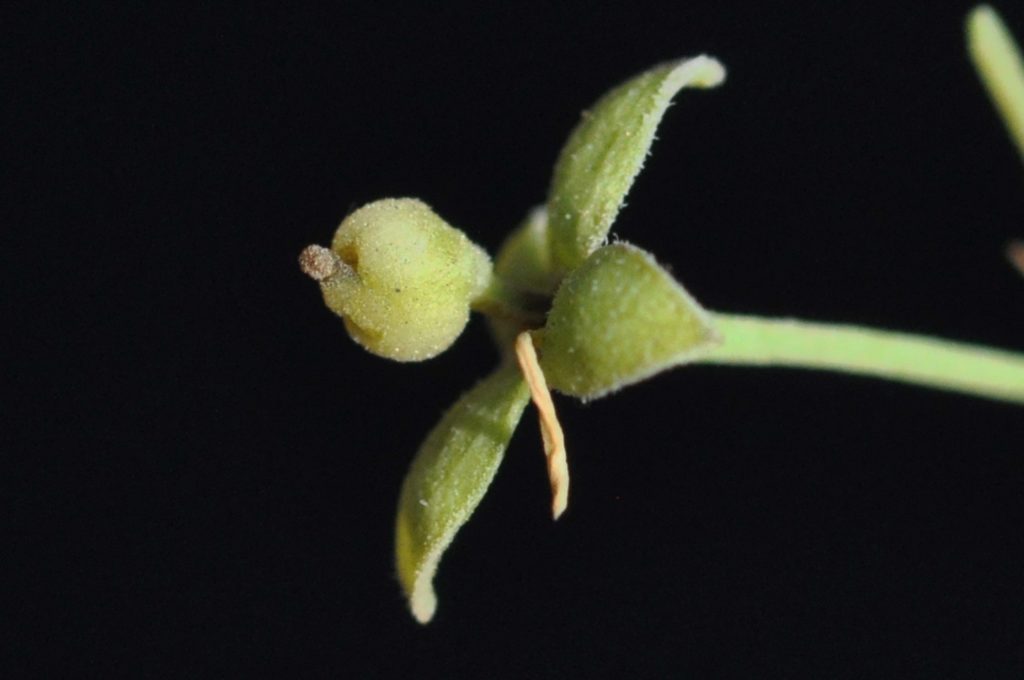
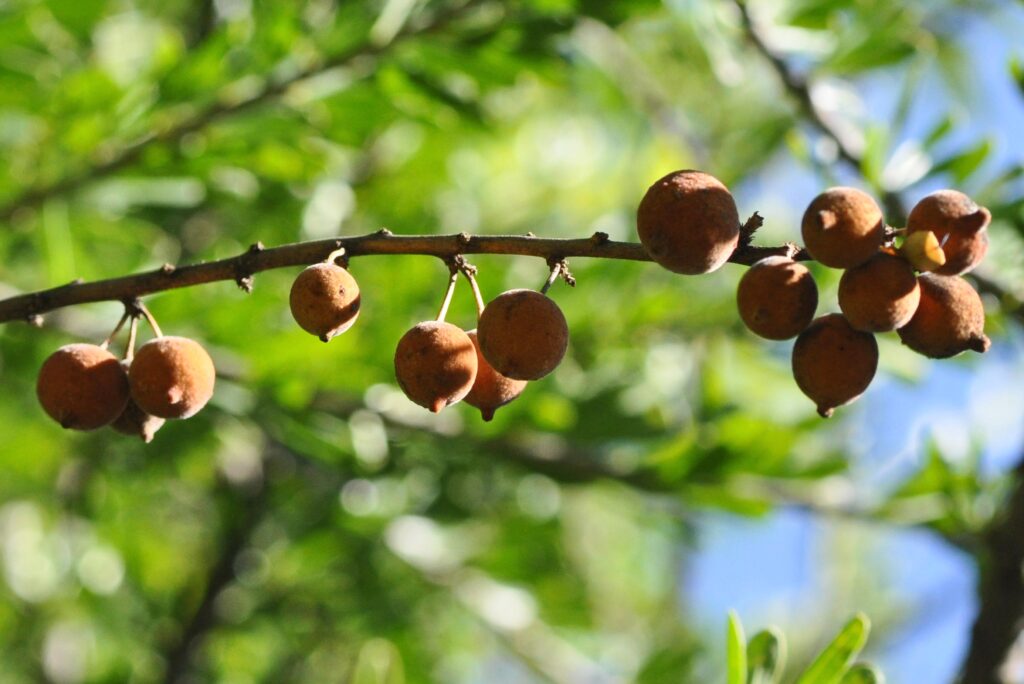
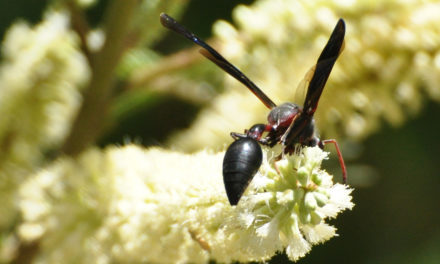
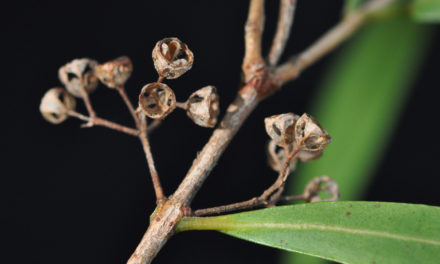
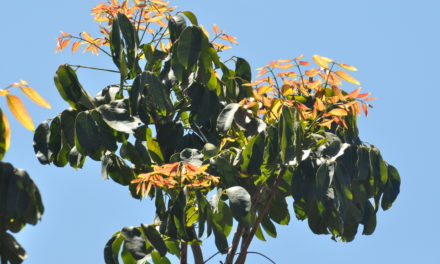

Hello David,
Do you know whether the flowers are wind-pollinated or insect pollinated?
Thank you
Greetings Dennis,
The fact that the flowers are strongly scented probably indicates that the flowers are at least insect pollinated.
Take care.
David
Hi David
I agree, the flowers seems to attract many insects and the flowers are also bisexual.
Thanks you!
Dennis
Hi Dennis
Probably insect pollinated.
David